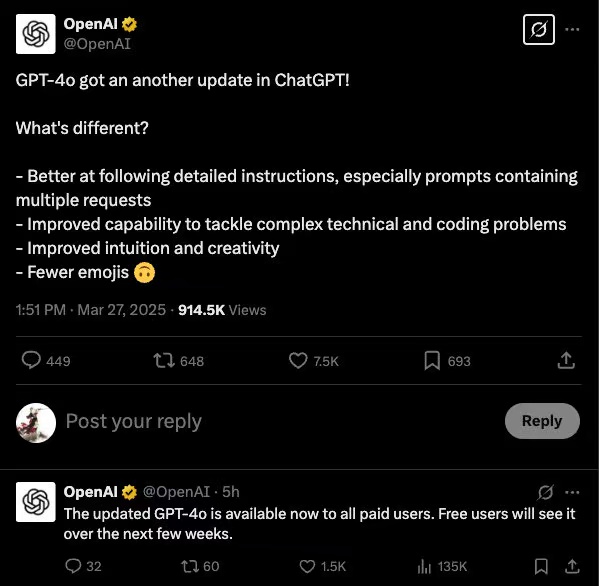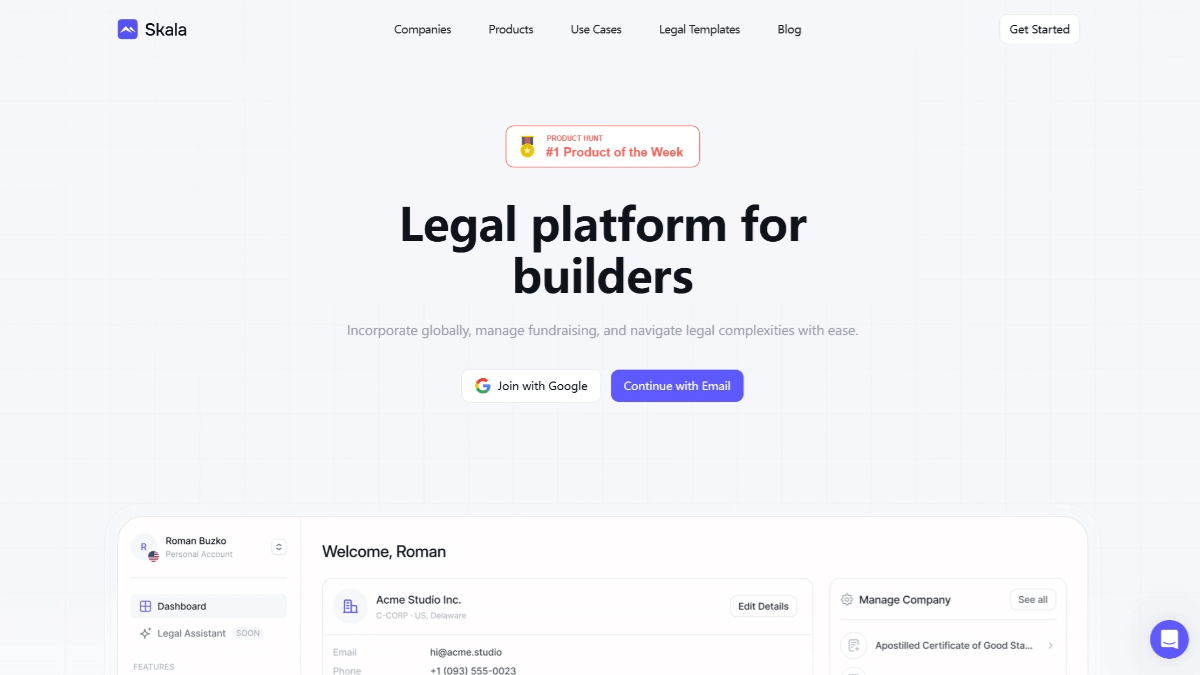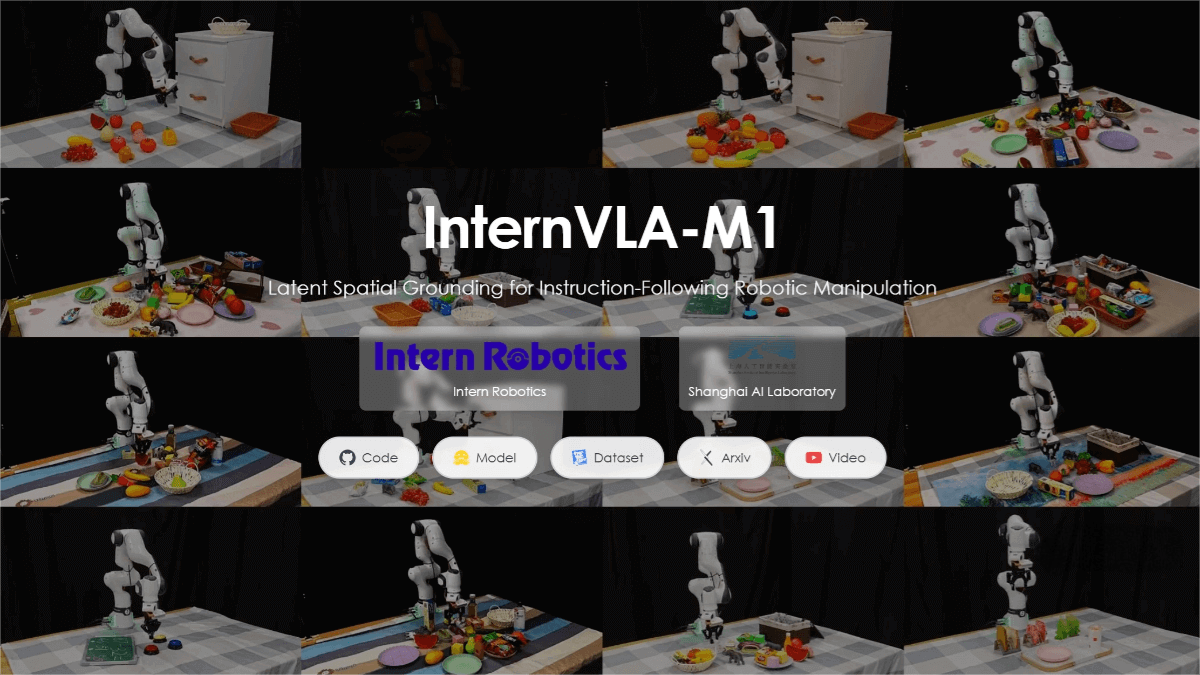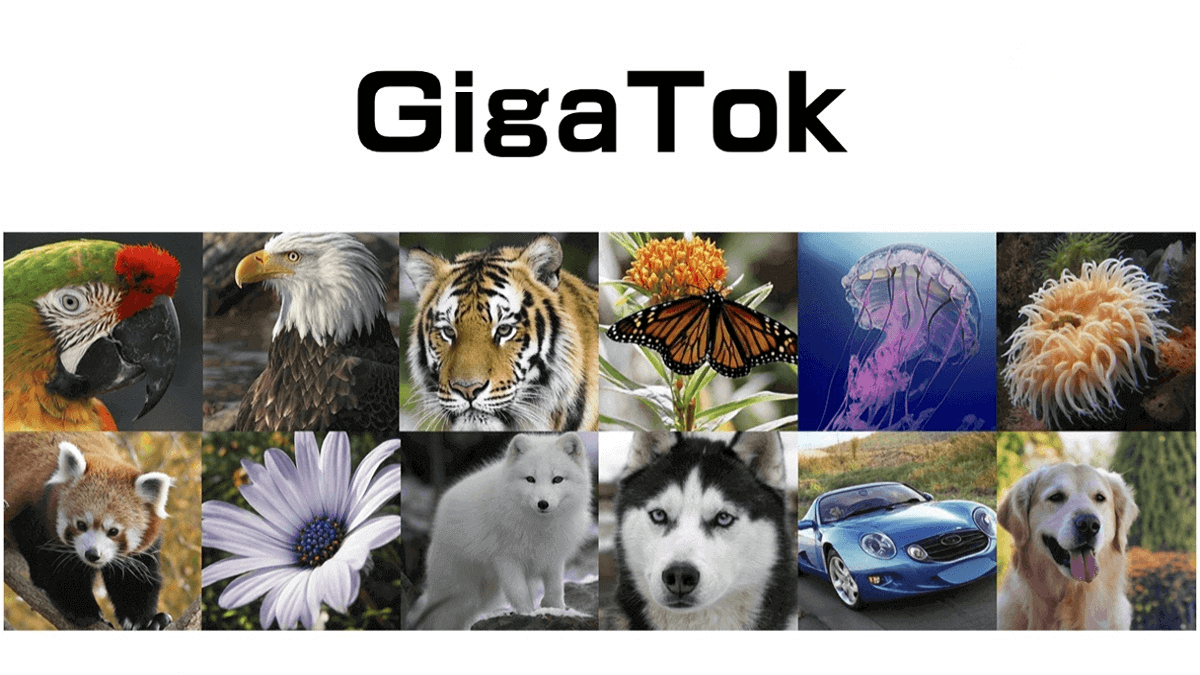FramePack – An Open-Source Video Generation Technology by Stanford
What is FramePack?
FramePack is a video generation technology developed by Stanford University. By compressing the context length of input frames, it solves the “forgetting” and “drifting” issues in video generation, allowing the model to efficiently handle a large number of frames while maintaining low computational complexity. FramePack requires only 6GB of VRAM to run on a standard laptop, supporting real-time generation of high-definition videos. The technology ensures video stability and coherence through anti-drift sampling techniques. FramePack offers flexible scheduling strategies, making it suitable for various application scenarios and lowering the hardware threshold for AI video generation, thus democratizing video generation technology.
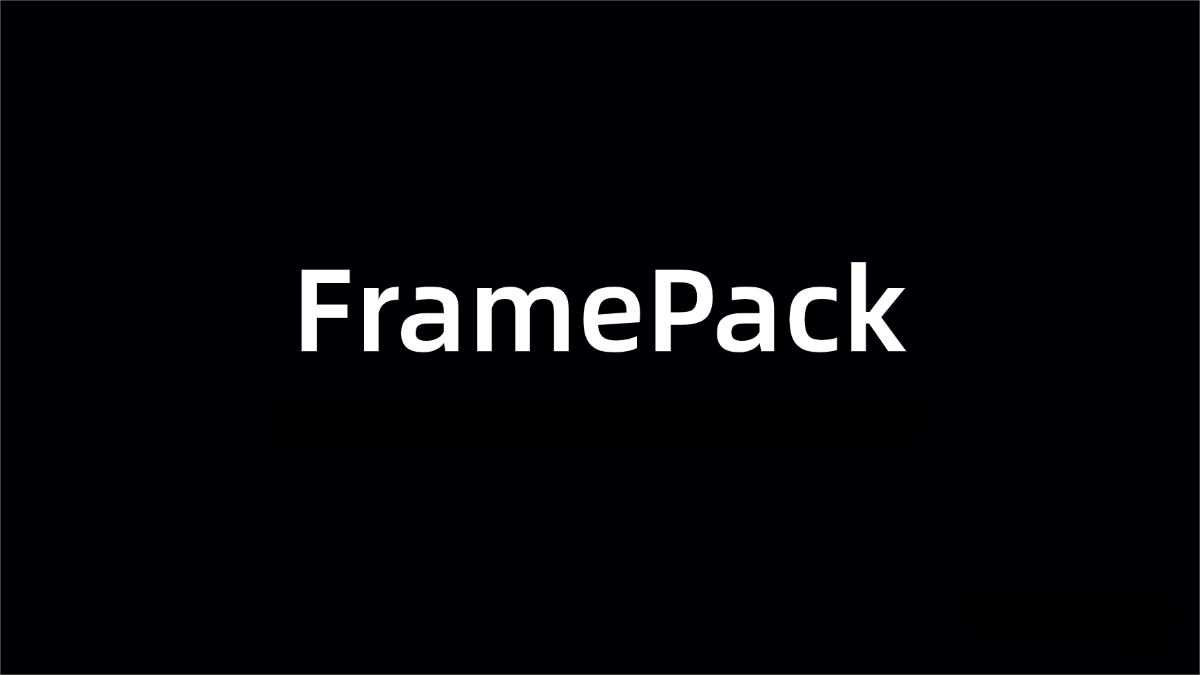
Key Features of FramePack
-
Low VRAM Requirements: Runs with only 6GB of VRAM, making it suitable for laptop GPUs.
-
Efficient Frame Generation: Generates thousands of video frames at 30fps based on a 13B model.
-
Fast Generation: With an individual RTX 4090 GPU, the generation speed is 2.5 seconds/frame (non-optimized) or 1.5 seconds/frame (optimized).
Technical Principles of FramePack
-
Frame Context Packing: By changing the Transformer’s Patchify (chunking) kernel size, frames of varying importance are compressed to different extents. Key frames retain more details (e.g., 1536 tokens), while secondary frames are compressed significantly (e.g., 192 tokens). This method reduces VRAM usage while preserving important information. Frame importance is determined by its temporal distance to the target frame, with frames closer to the target being considered more important.
-
Anti-Drift Sampling: A bidirectional memory method is introduced to allow the model to reference both the most recent frame and core features from the initial frame when generating the current frame, preventing drift.
-
Flexible Scheduling Strategies:
-
Geometric Compression: Compresses frames in a geometric progression, suitable for real-time scene generation.
-
First-Frame Priority: In image-to-video tasks, this prioritizes preserving the details of the first frame, ensuring high-quality starting points for generated videos.
-
Symmetric Compression: Balances compression across all frames, ideal for generating stable and coherent videos.
-
-
Constant Computational Complexity: With the above compression and scheduling strategies, FramePack maintains constant computational complexity, meaning that regardless of how many frames are generated, the computational resource consumption remains consistent. This allows the model to efficiently handle long video generation tasks without significant slowdowns as the frame count increases.
Project Resources
-
Official Project Website: https://lllyasviel.github.io/frame_pack_gitpage/
-
GitHub Repository: https://github.com/lllyasviel/FramePack
-
arXiv Technical Paper: https://lllyasviel.github.io/frame_pack_gitpage/pack.pdf
Applications of FramePack
-
Short Video and Animation Production: Quickly generate coherent animations and reduce production costs.
-
Game Development: Real-time generation of cutscenes and dynamic scenes, enhancing immersion.
-
Education and Training: Generate instructional videos and virtual training environments, improving the learning experience.
-
Advertising and Marketing: Create personalized video ads and product demonstrations, enhancing appeal.
-
Consumer Applications: Allow users to generate personalized video content for entertainment and social media sharing.
Related Posts

